Freedom, discovery, and low cost are three things that make solo budget travel so tempting. Instagram feeds and travel blogs show off gorgeous photographs of individuals alone in sunny streets, by the sea, and in warm hostels. But behind the looks, there is a larger question: Is it safe? Let’s talk about the reality and myths regarding travelling alone on a budget. We’ll provide you wise financial and safety tips that go beyond what appears good in a picture.
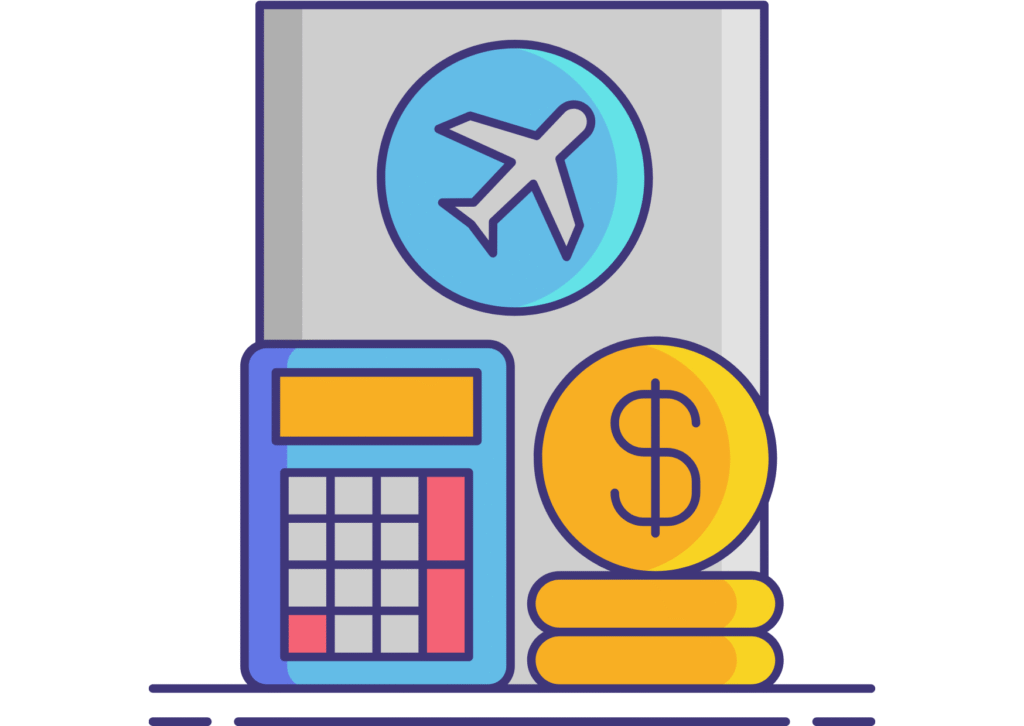
1. Trust the numbers: more people are going on trips by themselves.
Not only is travelling alone a specialty, but it’s also become more popular rapidly. Airbnb, Hostelworld, and travel forums all say that a lot of people want to travel alone. More and more people are going on cheap excursions by themselves, like backpacking through Southeast Asia or visiting towns in Europe. Bloggers, marketers, and the news have all taken notice of this.

2. Safety: It’s all in your head, not the price.
A cheaper budget doesn’t mean less safety. Solo travelers can be secure without spending a lot of money if they are attentive and ready.
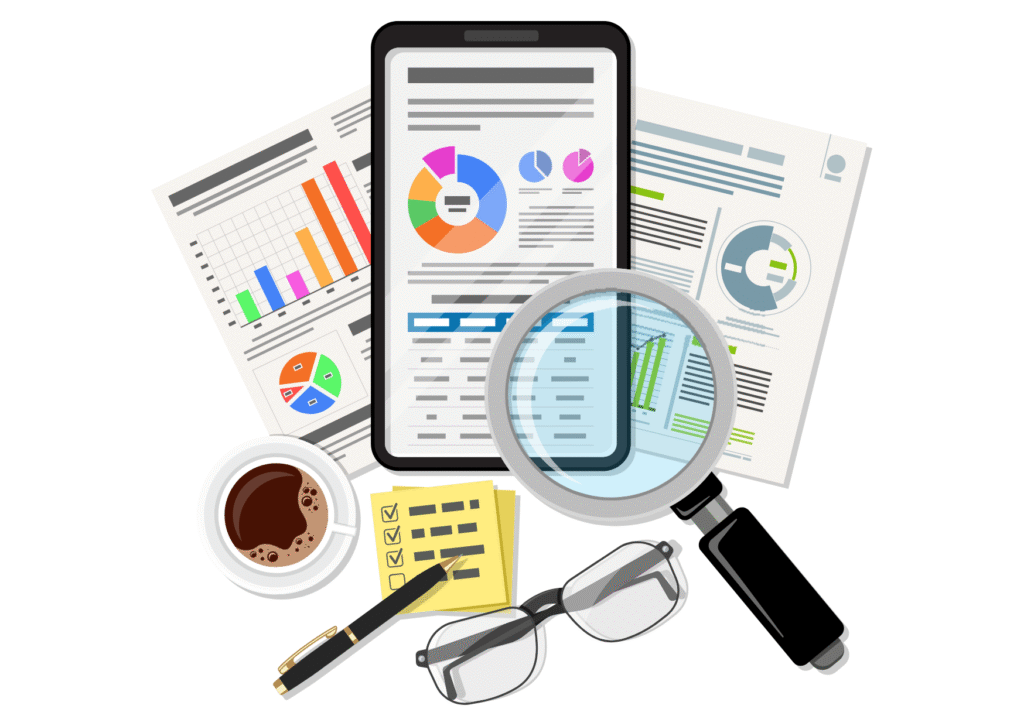
3. Plan and do research.
Before you leave, check travel warnings, local customs, and reviews from other travelers. Blogs and forums (like Two Guys Abroad) tell you to verify the safety of your neighborhood, learn about cultural customs, and be cautious of frequent frauds.
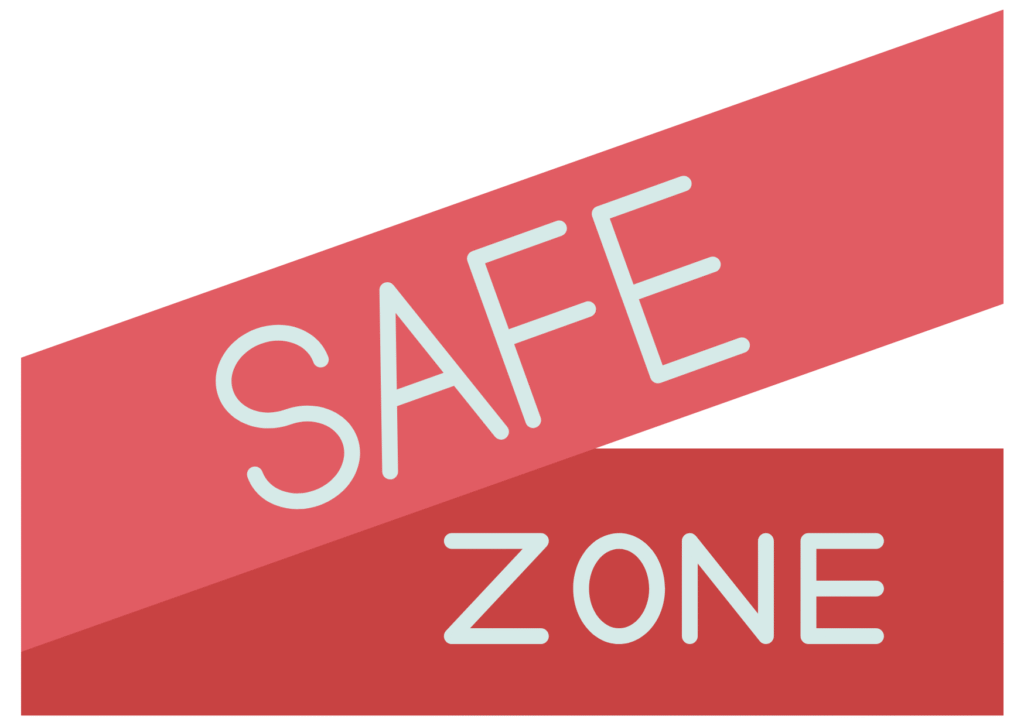
4. Pick Safe, Cheap Places to Stay.
Choose hostels, guesthouses, or affordable Airbnbs that have good reviews, safe locks, and personnel you can trust. Dorm rooms are cheap, but they don’t give you as much privacy. Some hostels do offer private rooms for a little extra money.
Staying in well-lit central areas makes it safer and easier.

5. Be Smart About Getting Around.
Usually, public transportation, night buses, and rideshares are cheaper and safer than cabs you don’t know. Apps like Rome2Rio and Google Maps help you arrange your itineraries quickly and easily.
A woman travelling alone. Always say no to rides from people you don’t know.
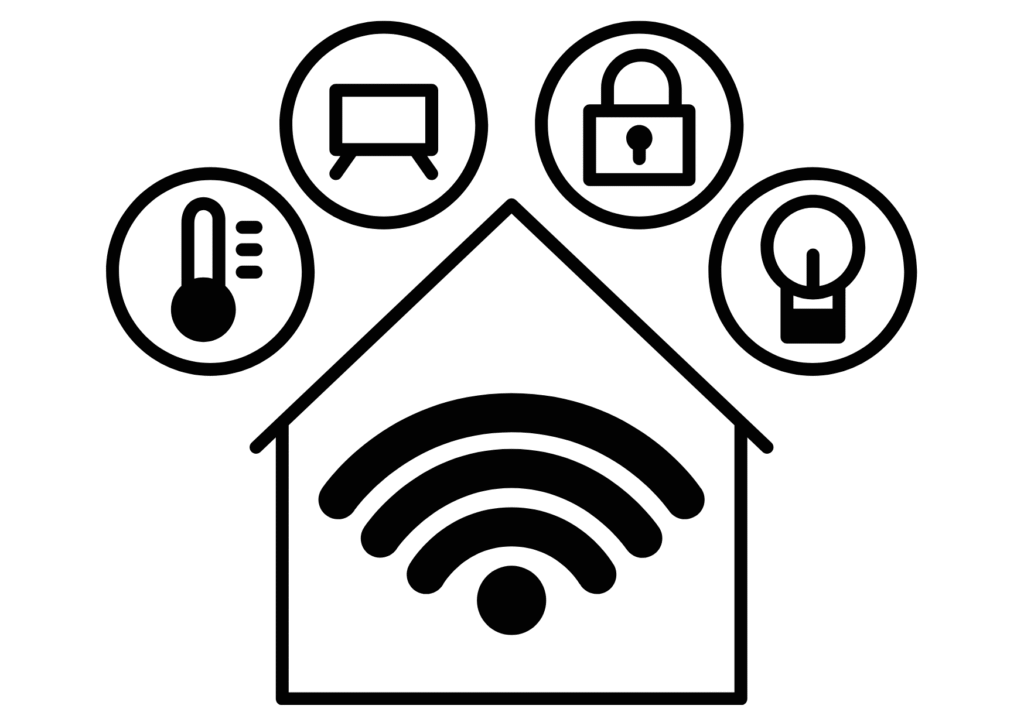
6. Be Smart with Tech.
Use travel applications to find your way, translate, and get rides. Maps.me and other offline map apps are useful in places where there is no data. Stay in touch by sharing your plans, using a local SIM or eSIM, and checking in with a trusted person.
Your gut feeling is your guide.
Trust your gut if something doesn’t feel right. If you need to, leave unpleasant places, stay away from empty regions at night, and carry anti-theft gear.
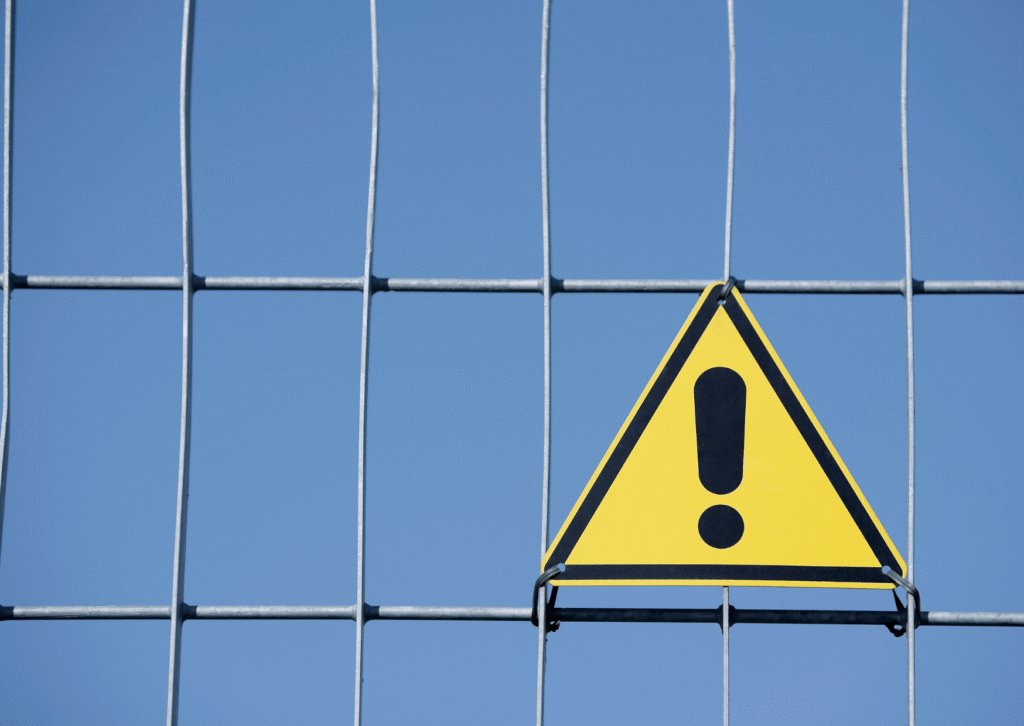
7. Women Travelling Alone: Be Extra Careful
Travelling alone can seem glamorous, but women typically have to deal with safety issues every day.
Carefully think about the risks.
Men can afford to travel on a very tight budget. I always need a little more as a woman…Adventurous Kate says, “It gives me enough cushion to get a single room instead of sharing a dorm.”
Be careful.
When you can, choose private rooms. Don’t hitchhike or go to dangerous places. If it’s legal, you might want to carry something that will scare off attackers, such as pepper spray.

8. Stay Connected and Fit In
Dress modestly to fit in with the locals, use technology to stay in touch, and download safety apps or emergency contacts.
Safety is possible, but not by ignoring it; it may be done by being aware and alert.
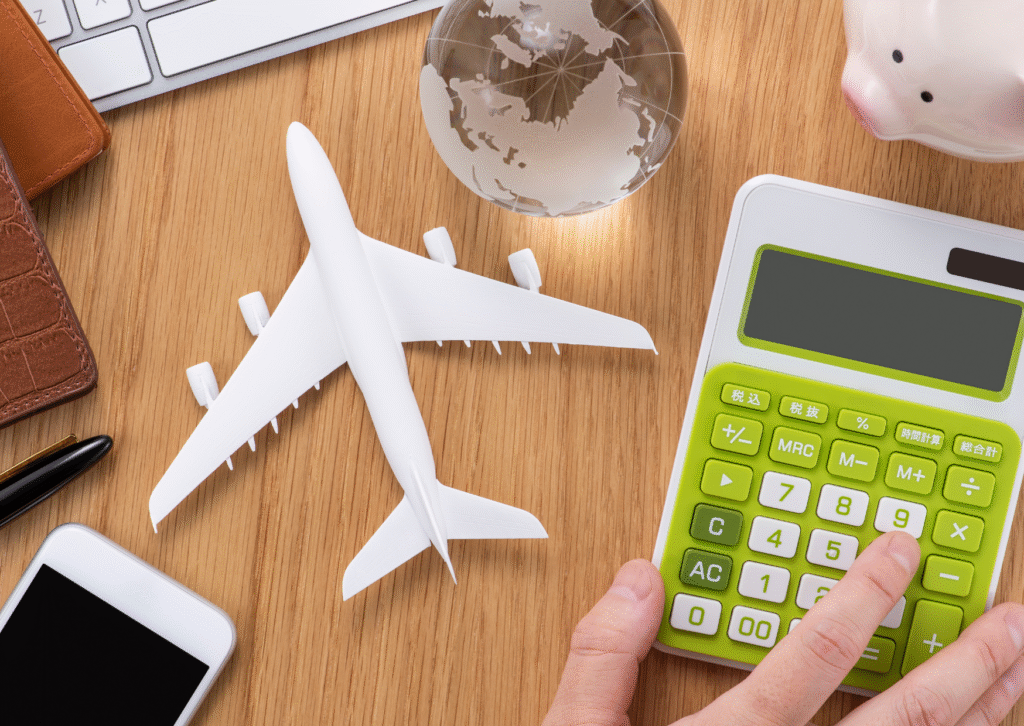
9. Budget tips that make you feel safer and more sure of yourself
When you travel on a budget, you don’t have to give up safety. You just have to make sensible choices that help you get the most out of your money and your peace of mind.

10. Count Every Penny
Use budget applications like TravelSpend or Trail Wallet to keep track of your daily spending, stay under your budget, and make changes as needed.
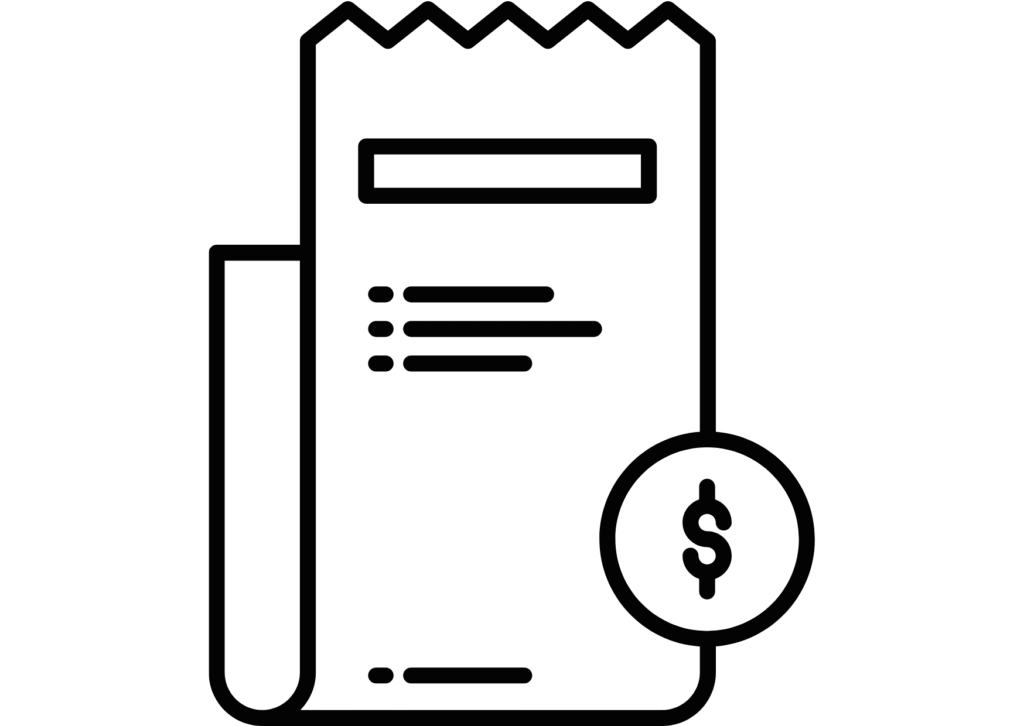
11. Combine free and paid experiences.
Many walking tours, city passes, parks, and public institutions have free or discounted options. Local events or seasonal festivals might provide you real experiences for free.

12. Cook When You Can
You can make cheap meals in hostels or guesthouses that have kitchens. Markets and street food are cheap and full of culture.
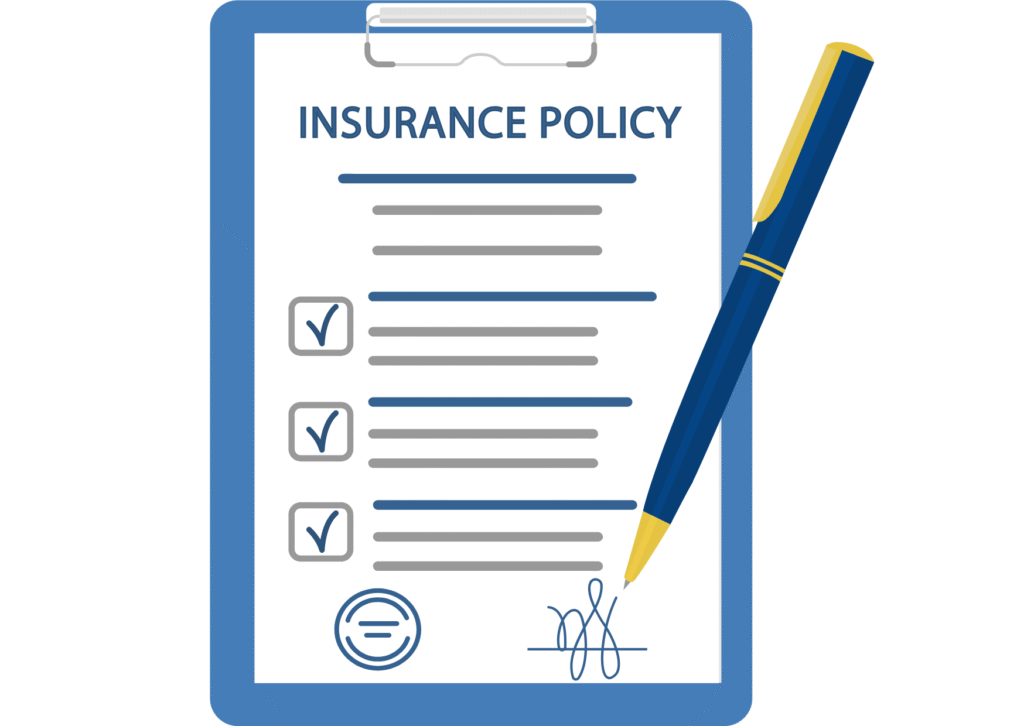
13. You can’t negotiate travel insurance.
Insurance covers emergencies, health problems, and cancellations, so it’s worth having for peace of mind, even if you have a low budget.
What Solo Travel Is Really Like, Beyond How It Looks:
The gorgeous pictures don’t always reveal the truth.Yes, going on a trip alone is gratifying, but it also requires strength.
- Being alone and tired: It might be stressful to do everything by yourself, from finding your way around to making decisions. Dorms and other cheap places to stay might not be as comfortable and might be louder.
- Burnout Risks: If you stick to a strict budget, you could get psychologically and emotionally fatigued, especially on long journeys.
- The Costs That Were Not Expected: When you travel alone, you normally have to spend extra per person because you can’t share a car or a place to stay with anyone else.
- One traveler reported they spent ₹20,000 to ₹25,000 ($250 to $300) for 10 days in India, with half of that going to food.
- Another person spent only ₹14,000 ($170) to stay in India for 41 days. They lived in dharmashalas, hostels, regular trains, couchsurfing, and temples.
These stories show how fun and hard it can be to travel alone on a tight budget.
Travelling alone on a budget might be one of the most empowering things you can do if you plan beforehand. It’s not about avoiding danger to be safe; it’s about being ready, being able to change, and understanding yourself. Budgeting isn’t about giving up stuff; it’s about creating new choices that add value instead of taking it away.
Here is a quick list to help you keep on track:
- Make a plan.
- Look at reviews, safety in the neighborhood, and warnings.
- Choose hostels that have good reviews, guesthouses that are in the center of town, and private rooms when you can.
- Take the bus, the tube, or a ride-sharing service.
- Get an eSIM or a local SIM card, then download apps that will help you find your way, translate, and talk to others.
- Use apps for tracking daily expenses, such as TravelSpend; safety gear bags that protect against theft; backups of documents; and additional money.
- Take your medicines, get a basic first-aid kit, and buy travel insurance.
- Be polite, dress appropriately and follow local customs.
- Care for your body and mind. Take breaks often, drink plenty of water and be aware of burnout.
- Itinerary that is flexible. Give yourself time to rest and be spontaneous.
Travelling alone on a budget involves more than just taking pictures of beautiful places. When done with care, respect and a little ingenuity, it’s a conscientious way to get about the world that is cheap, enriching and yes, safe.
So travel light, make good plans, trust your gut and have fun on the trip, not just with the selfies.
